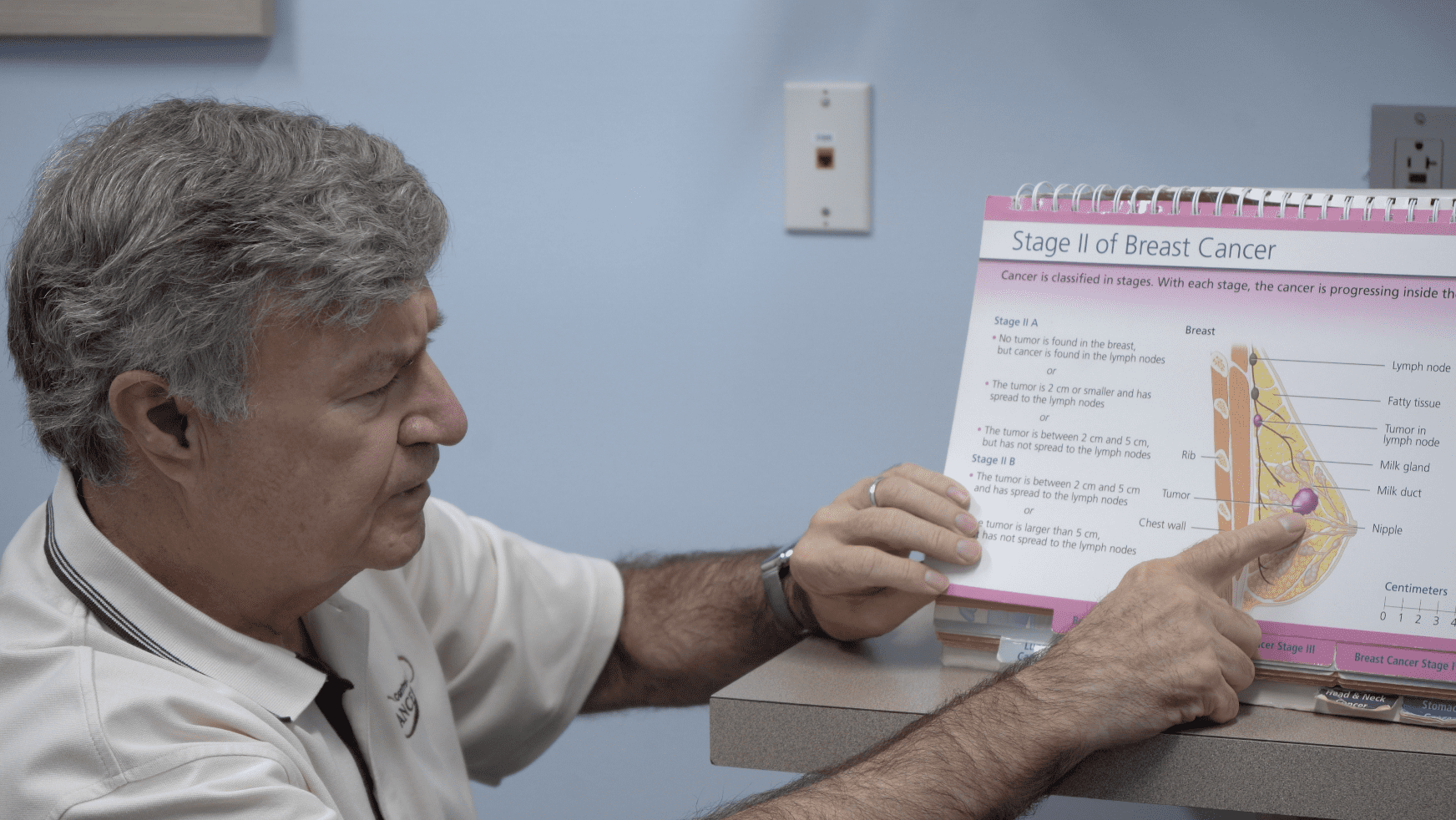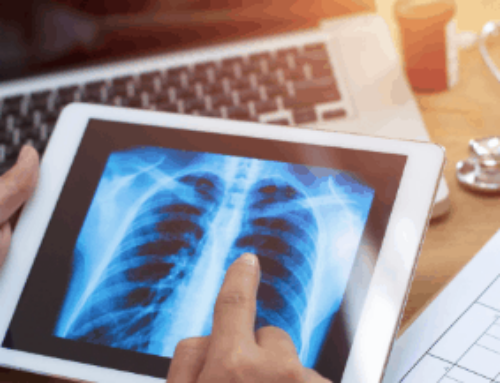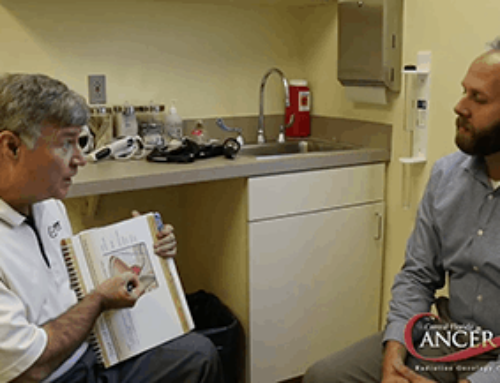 How does breast cancer treatment work?
How does breast cancer treatment work?- What are the treatments for breast cancer?
- Where can I go for breast cancer treatment?
If you receive a breast cancer diagnosis, it can be frightening to consider what your treatment journey will look like. When it comes to treating breast cancer and making decisions about your options, the main factor you and your doctor will examine is the progression or stage of the cancer in your body. The more the cancer has spread, the later the stage is, and that means your treatment will be more significant and detailed.
How does breast cancer treatment work? At what stages are different therapies usually implemented? What kinds of treatments are out there? Let us take a look at these questions so that you can approach your breast cancer treatment with the right information.
How Does Breast Cancer Treatment Work?
The type of treatment you will receive for breast cancer largely depends on the progression of the cancer.
- Early Stage: Treatment for stages I to III breast cancer usually includes surgery and radiation therapy, often with chemo or other drug therapies. Adjuvant therapy, which means it occurs after surgery, serves to ensure that the cancer doesn’t spread to other parts of the body.
- Late Stage: Once breast cancer has spread beyond the breast and nearby lymph nodes to other parts of the body, it is called ‘metastatic breast cancer’ and is considered stage IV cancer. At this point, drug therapies are the best course of action.
Another type of breast cancer is called ‘recurrent breast cancer,’ meaning it comes back after the first round of treatment. Your history and where the cancer recurs will dictate how the next round of treatment will look.
What Are the Treatments for Breast Cancer?
The main treatment for breast cancer is surgery followed by radiation therapy. Some patients will also need chemotherapy or hormone-blocking therapy throughout their treatment.
Surgical Treatment
Breast-conserving surgery is the surgical removal of only the cancerous tissue. This operation is called a lumpectomy and is usually followed by radiation.
Mastectomy is the surgical removal of the breast. After a mastectomy, your doctor may suggest radiation therapy for the chest wall and nearby lymph node areas.
Both surgeries may be done in combination with tests that check the lymph nodes near the breast for cancer.
Radiation Therapy
Almost all patients that have a lumpectomy require some form of radiation either daily external beam treatment or internal radiation. Some patients may also require nodal radiation. Whether or not radiation therapy should be used after mastectomy of the breast depends on several factors. These factors include the number of lymph nodes involved, tumor size, and whether or not cancer cells were found near the edge of the tissue that was removed.
Radiation therapy involves a radiation oncologist delivering radiation to the breast to destroy cancer cells and make them unable to multiply. When these cells die, the body naturally eliminates them. Healthy tissue is able to repair itself in a way cancer cells cannot.
Chemotherapy
Chemotherapy is a medication prescribed by a medical oncologist to destroy cancer cells that may have traveled elsewhere in the body.
Hormone-Blocking Therapy
Hormonal therapy is a medication prescribed by a medical oncologist to block the effects of hormones that may be helping your tumor grow.
Where Can I Go For Breast Cancer Treatment?
 At the Central Florida Cancer Care Center, located in Sanford and Orlando, Florida, we are committed to providing comprehensive care. Our team of licensed and certified professionals has the experience, the technology, and the compassion to deliver the very best radiation treatment possible. Radiation at our facility has proven safe and effective on many different types of tumors, both cancerous and benign.
At the Central Florida Cancer Care Center, located in Sanford and Orlando, Florida, we are committed to providing comprehensive care. Our team of licensed and certified professionals has the experience, the technology, and the compassion to deliver the very best radiation treatment possible. Radiation at our facility has proven safe and effective on many different types of tumors, both cancerous and benign.
Contact us today to schedule an appointment. The sooner you can begin treatment, the higher your chance of complete recovery. Please don’t hesitate to reach out.





